Does Your Homeowners Insurance Cover Tree Removal?
Understanding whether your homeowners insurance covers tree removal can be complex, as coverage often depends on the cause of the damage and the terms of your policy. Factors such as whether the tree fell due to a storm, disease, or neglect can all influence whether removal costs are covered. In many cases, homeowners turn to an emergency tree service to address immediate safety hazards, and knowing if insurance will offset those costs is essential. This article explores the variables that affect coverage, explains policy differences, and provides guidance on how to determine what your specific policy includes.
Understanding the Basics of Homeowners Insurance
Homeowners insurance acts as a critical safeguard, protecting policyholders from unexpected financial losses due to property damage. Its primary role is to serve as a financial buffer, ensuring that repair costs do not overwhelm homeowners after unforeseen events. For example, according to National General, the average insurance claim amount for tree damage is $4,000, highlighting how costly these incidents can be without coverage. In addition to covering structural elements like walls, roofs, and flooring, most policies also extend protection to personal belongings, though exclusions and limitations still apply based on the specific policy.
Liability protection is another crucial aspect of homeowners insurance. This form of protection aids homeowners in avoiding hefty financial burdens if someone is injured on their property or if the homeowner inadvertently causes damage to someone else's property. Such a policy provision ensures that legal fees or settlements, potentially reaching thousands of dollars, don't become a personal financial detriment. Additionally, the insurance covers medical costs incurred by third parties due to incidents occurring within the insured property.
Coverage for personal belongings is a detail often less understood by policyholders. Most homeowners insurance policies cover personal property, either as a percentage of the dwelling coverage or up to a specified amount. This coverage extends to possessions inside the home, such as electronics, furniture, and clothing, and may also include items temporarily located away from the home.
What Typically Isn't Covered
Despite the broad protections it offers, homeowners insurance has clear limitations, and certain scenarios are not typically covered. Common exclusions include damages caused by neglect, gradual wear and tear, or lack of proper upkeep, which underscores the importance of consistent home maintenance. Coverage also often excludes specific natural disasters, such as earthquakes or floods, which generally require separate insurance policies. In situations where excluded damage leads to urgent hazards, homeowners may need to rely on emergency tree service or other specialized help, making it essential to understand policy exceptions in advance.
Understanding policy riders is beneficial in fortifying insurance coverage. A rider is an amendment to an insurance policy that provides additional benefits or coverage not typically included in a standard policy. For instance, if a homeowner wants coverage for high-value items not fully covered by the base policy, adding a rider can provide the necessary protection. However, it's essential to weigh the costs of these additional coverages against potential benefits. Consulting with an insurance agent can help homeowners decide which riders are worthwhile for their circumstances.
The role of deductibles in homeowners insurance often influences both premiums and claim processes. A deductible is the amount policyholders agree to pay out-of-pocket before insurance coverage takes effect. Choosing a higher deductible can lower premium costs, which might be attractive for those seeking immediate savings. However, it's crucial to assess whether the chosen deductible is manageable in a financial emergency, such as a tree removal scenario resulting from a storm.
Types of Tree Damage and Insurance Responses
Damage from natural disasters can significantly impact trees and subsequently affect insurance responses. Events like hurricanes, tornadoes, or severe thunderstorms often cause trees to fall, threatening property structures. Typically, if a storm is responsible for tree damage affecting the insured residence, standard homeowners insurance policies cover the cost of repairs and removal. However, the insurance may have specific conditions, such as coverage only if the fallen tree causes damage to a covered structure.
Damage from fire or lightning poses a serious risk for property owners, especially in areas prone to such natural hazards. Most homeowners insurance policies cover not only the damage to the structure but also the costs associated with removing fallen trees after these events. In urgent situations, homeowners may need to call an emergency tree service to clear hazardous debris and restore safety before further damage occurs.
A different situation arises when a tree falls and causes damage affecting a neighbor's property, leading to complex insurance interactions. Typically, the homeowner whose tree causes the damage is not automatically liable, as insurance primarily considers natural acts. In many cases, the neighbor's insurance would cover their property damage claim. If negligence is involved, such as a dead tree not addressed by the owner, liability may shift, necessitating the owner's insurance to cover the costs.
Factors Influencing Coverage for Tree Removal
Weather-related events are among the leading causes that make tree removal necessary under homeowners insurance policies. Severe storms, strong winds, or heavy flooding can uproot trees or break large branches, often creating dangerous conditions that require immediate attention. In these cases, calling an emergency tree service may be essential to quickly remove hazards and protect your home from further damage. While insurance typically covers tree removal when such events are classified as standard perils, accurately identifying the cause of damage is crucial for filing a successful claim and ensuring coverage applies.
Tree age and overall health play a critical role in how insurance companies assess risks and make decisions about tree removal coverage. Older, diseased, or dead trees are far more likely to cause property damage, which is why insurers often urge homeowners to take preventive measures. In some cases, arranging an emergency tree service becomes necessary to address immediate threats before they result in costly claims or unsafe conditions. By working with professional arborists to evaluate tree health, homeowners can proactively manage risks, prevent potential damage, and maintain favorable standing with their insurance coverage.
Navigating Policy Language and Terms
Being familiar with key terminology ensures that homeowners understand their policy's reach, helping demystify areas like tree removal coverage. Exploring the specific definitions and applications helps determine the likelihood of insurance covering particular incidents, avoiding assumptions that could lead to claim issues. Detailed insights into these terminologies guide informed communications between the homeowner and the insurer, contributing to a more intelligent inquiry and policy compliance. Knowledge of these terms prepares homeowners to defend their claims rigorously, supported by a precise understanding of coverage rights.
The importance of consulting your agent becomes apparent when interpreting sometimes complex policy wordings. Insurance agents clarify clauses and provide expert advice on coverage related to uncommon incidents like tree damage. Establishing a collaborative relationship with one's insurer equips homeowners to accurately assess coverage scenarios, enhancing comprehension of specific details related to their individual policies. Many agents offer policy reviews and recommendations for additional coverages suitable for unique property risks, offering peace of mind.
Determining whether tree removal is covered under a homeowners insurance policy requires a close review of the policy’s details. In some cases, homeowners may need to rely on an emergency tree service to address immediate hazards, making it even more important to know what expenses are included. By understanding existing coverage and considering additional protection, you can reduce risks and keep your property safeguarded against unexpected events. Get in touch with Kelley Brothers Tree Service if you need services like tree removal or stump grinding.
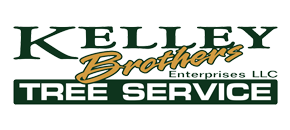

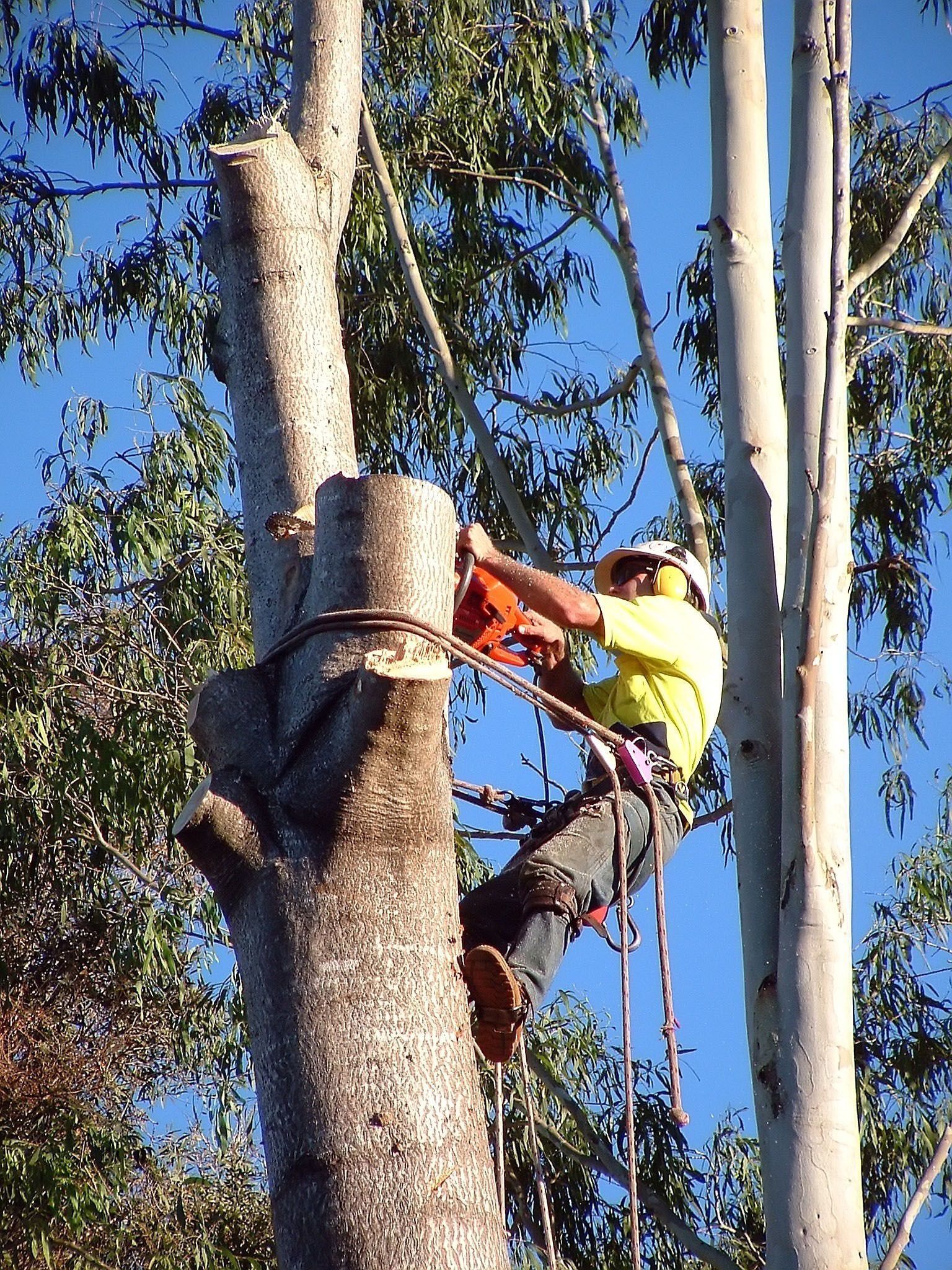
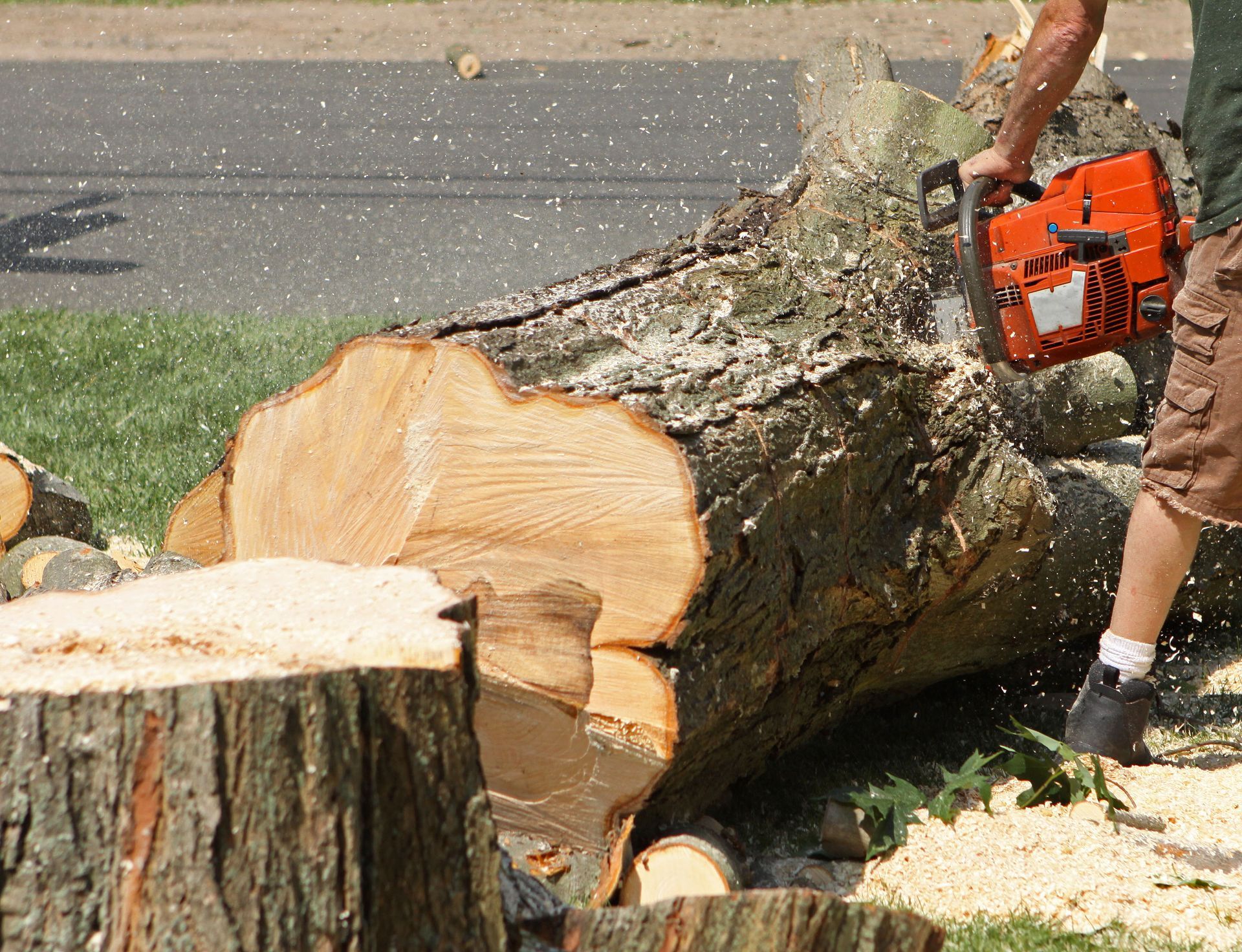
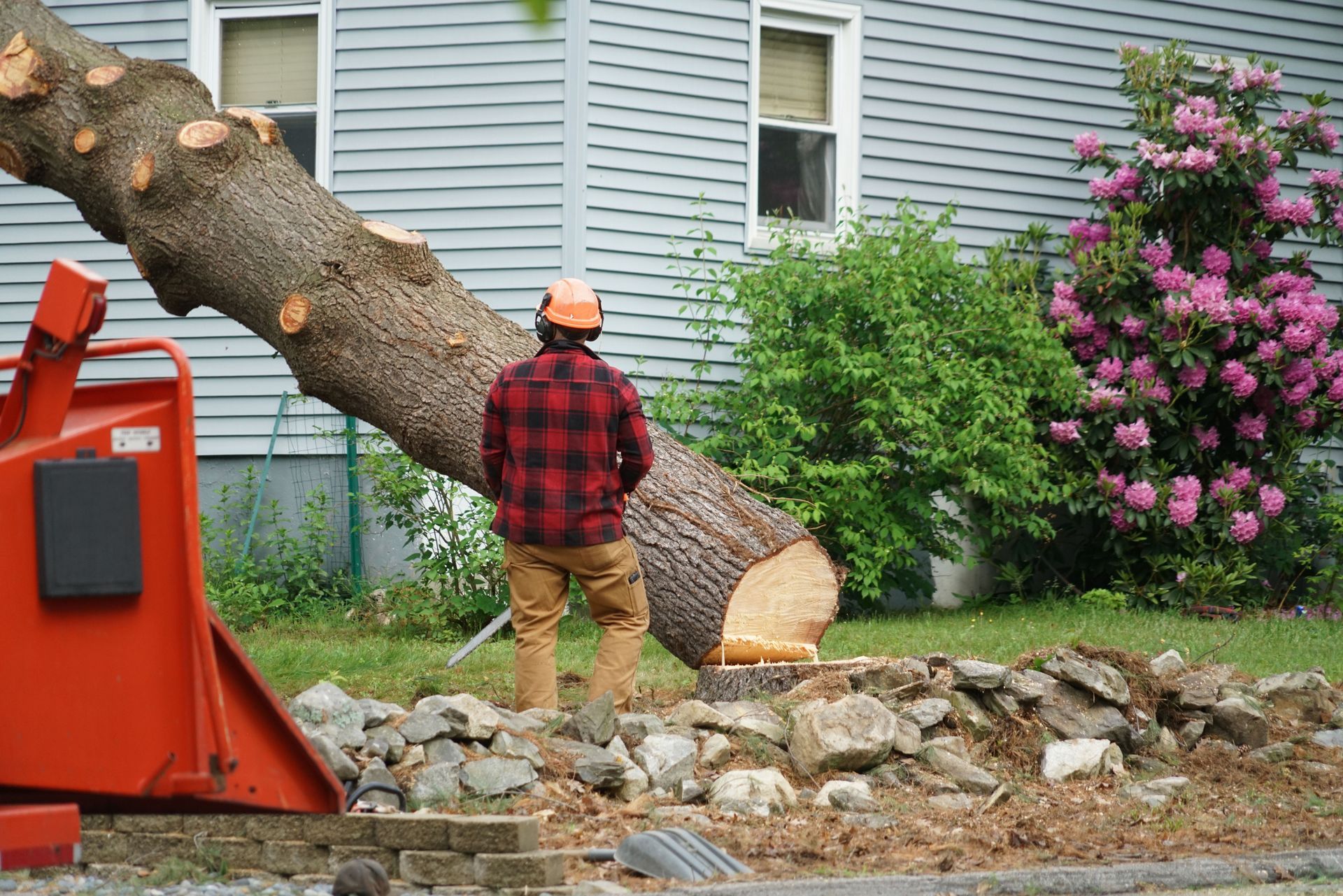
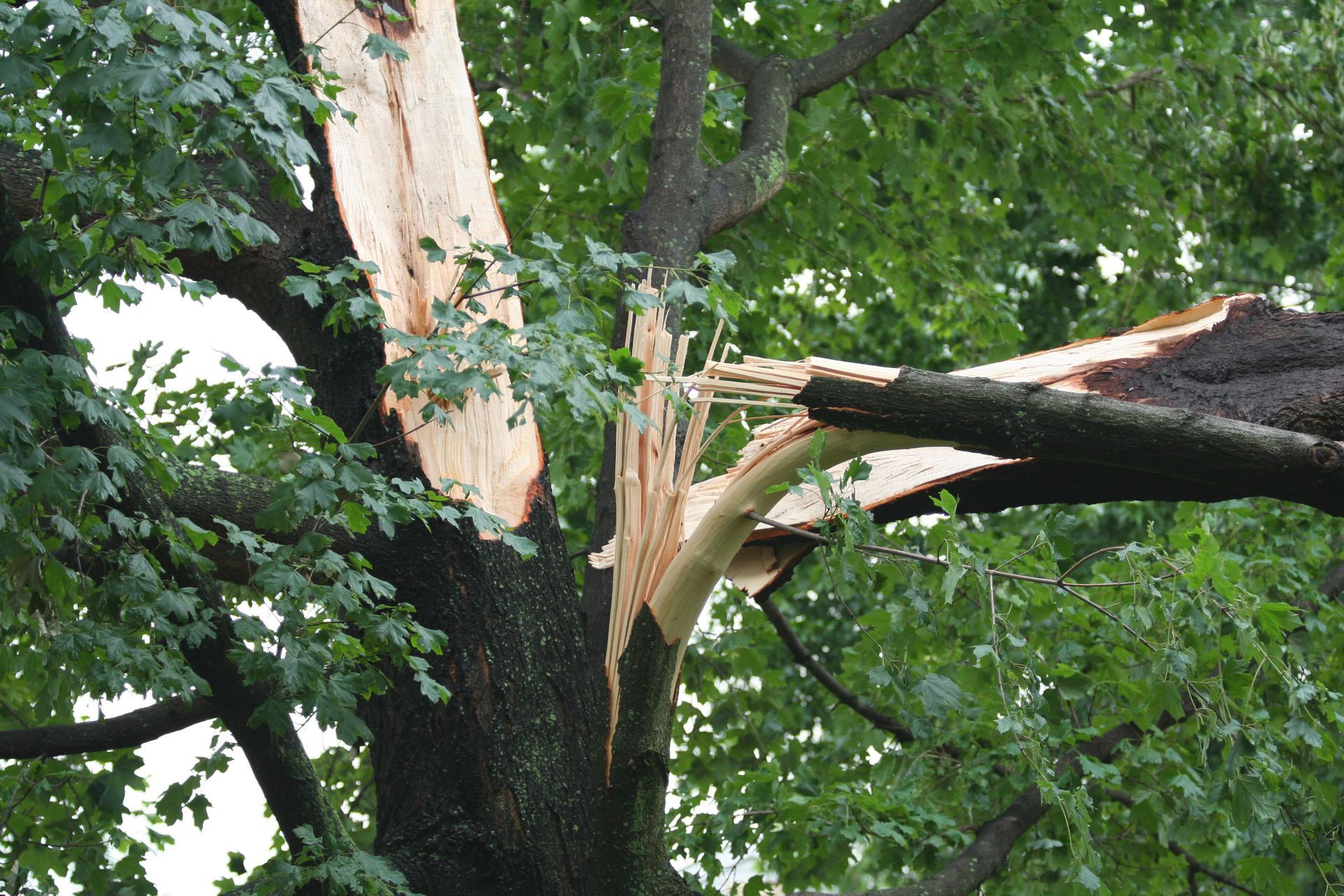
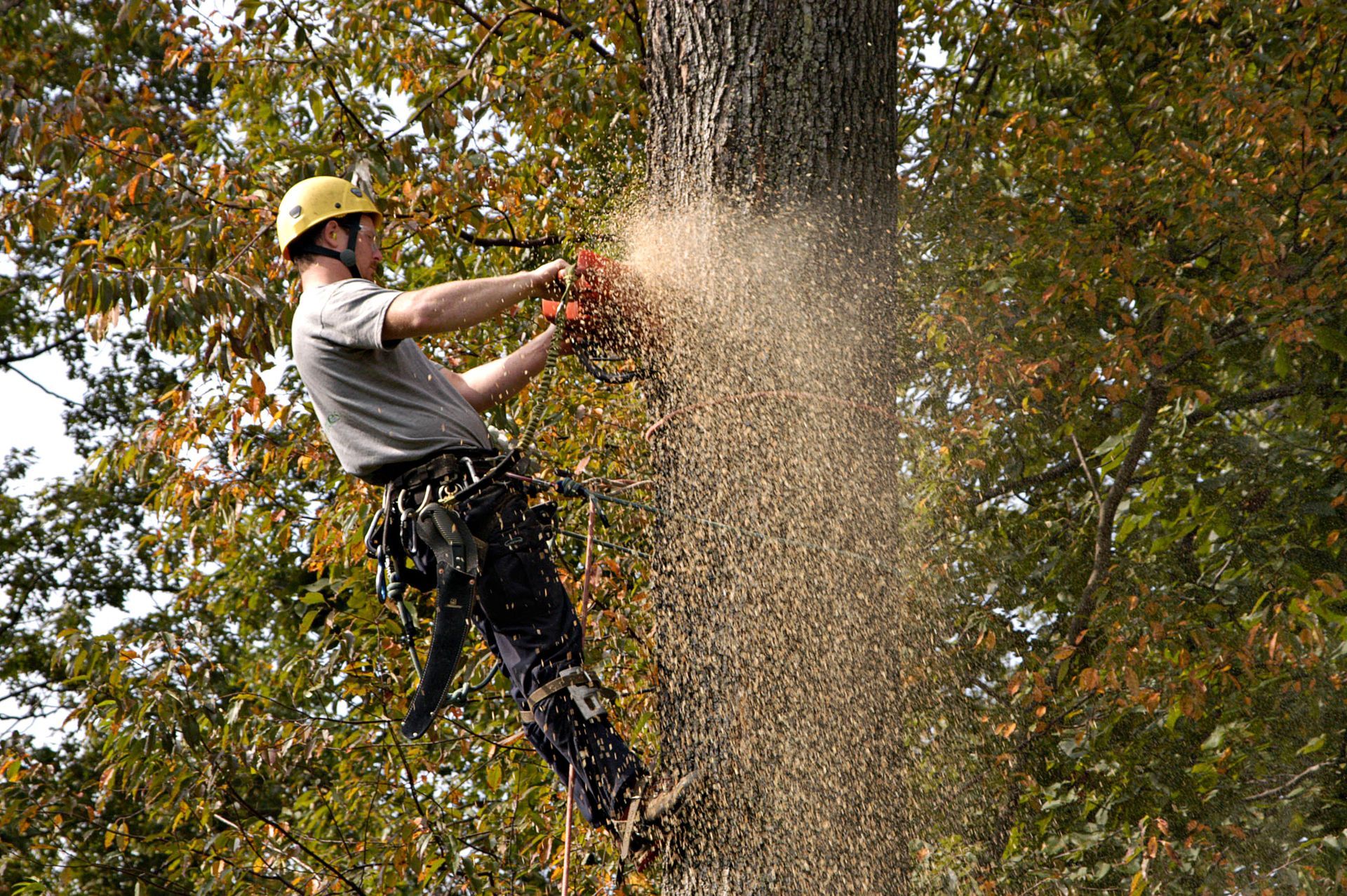
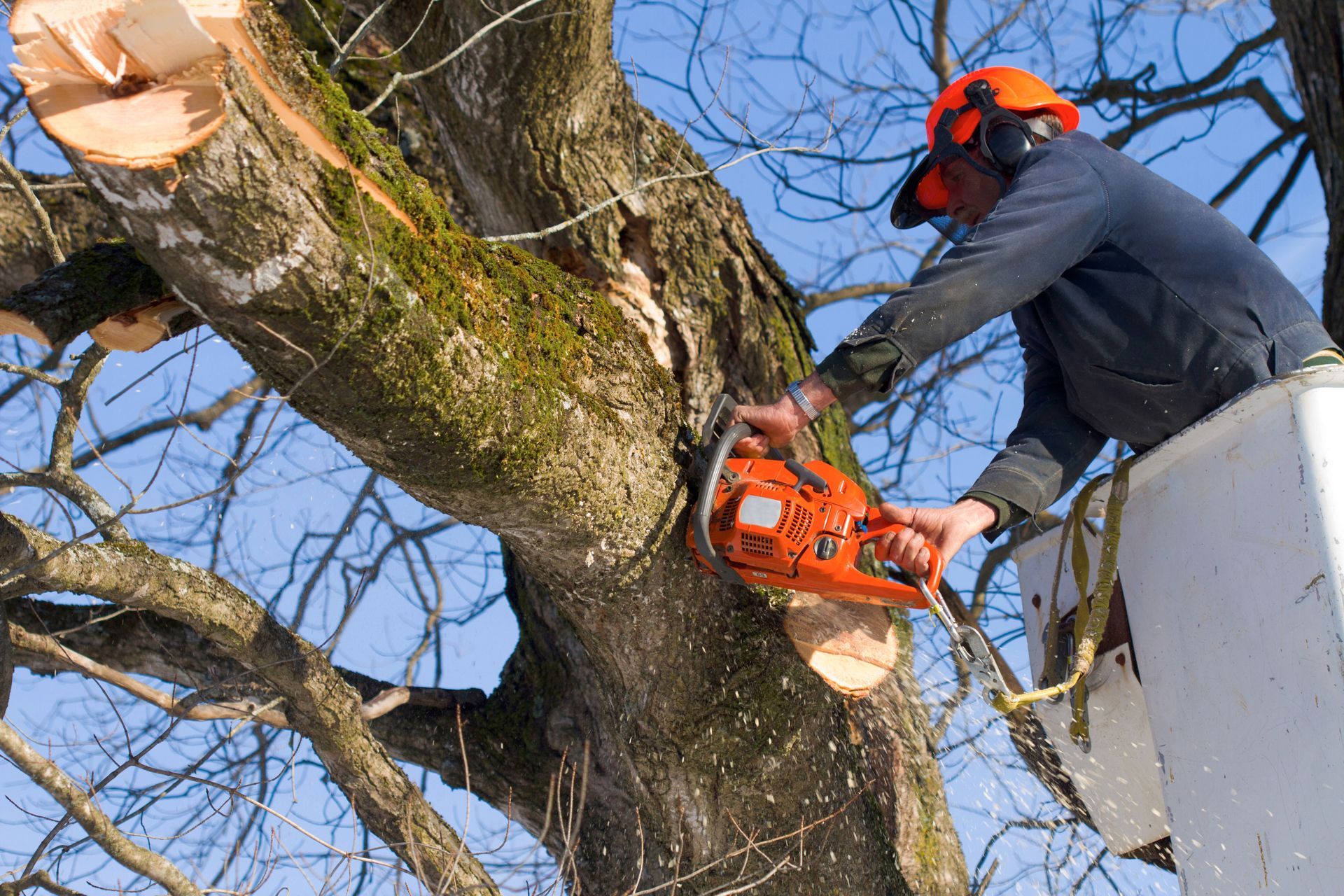
Share On: